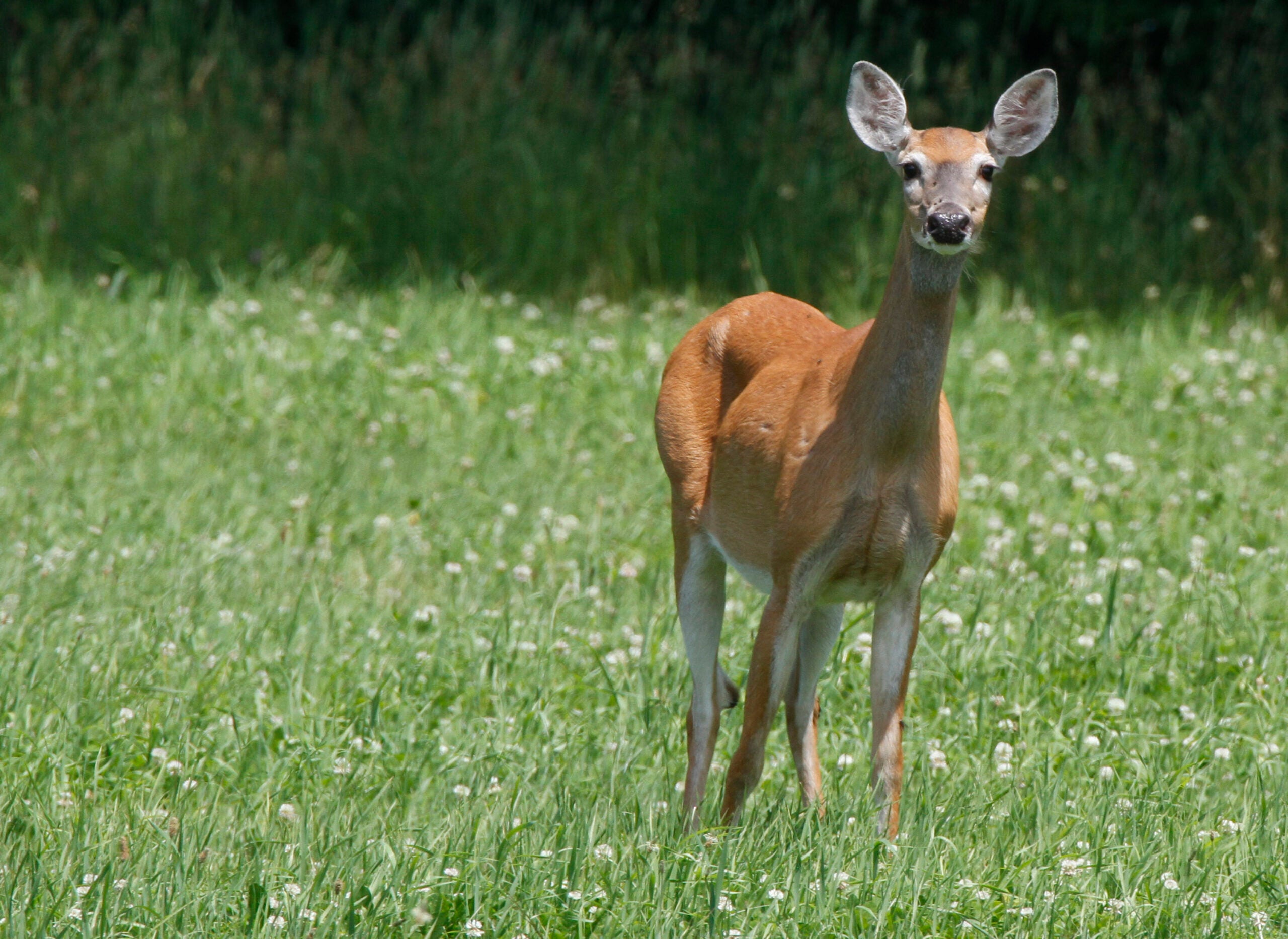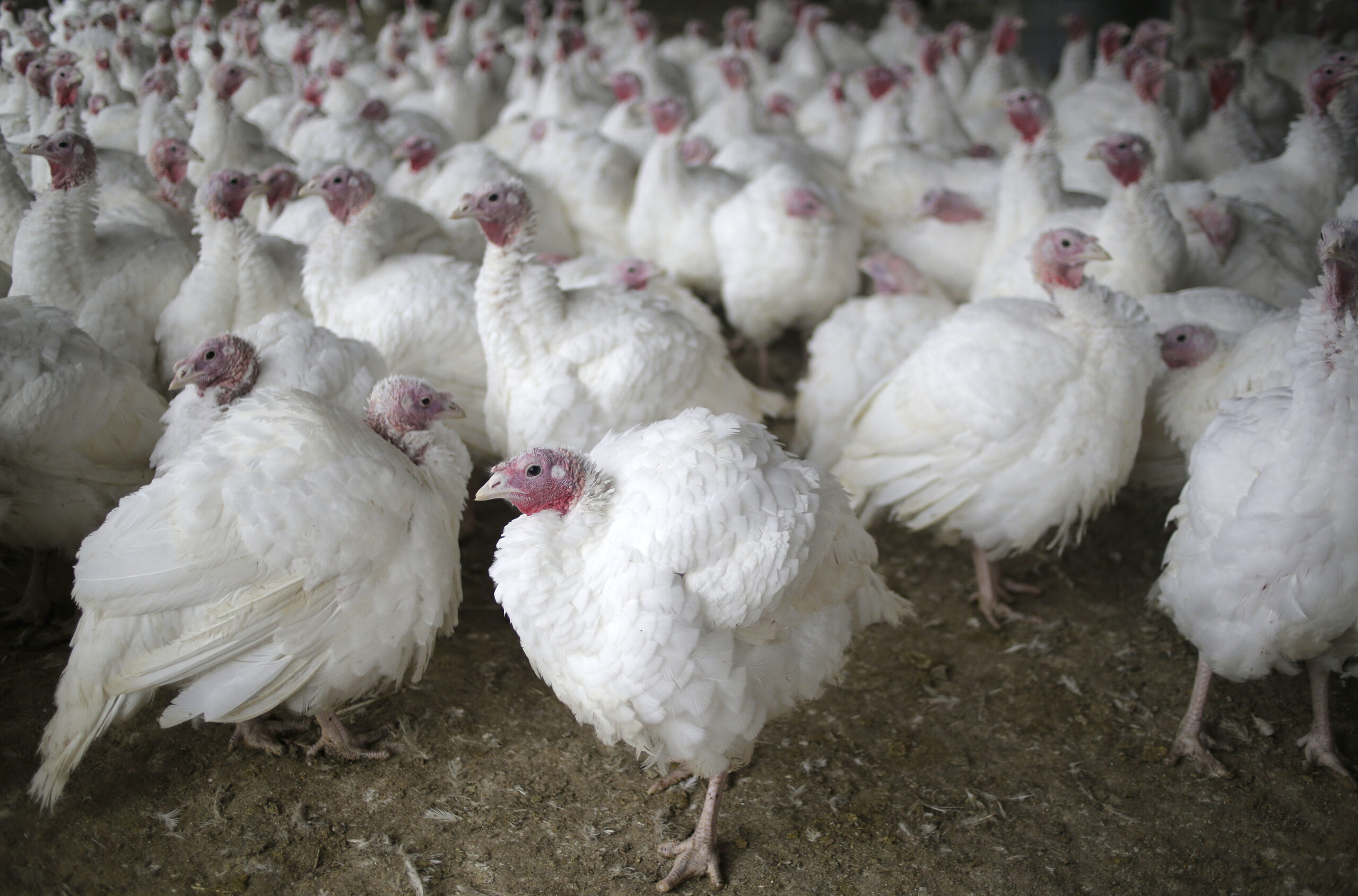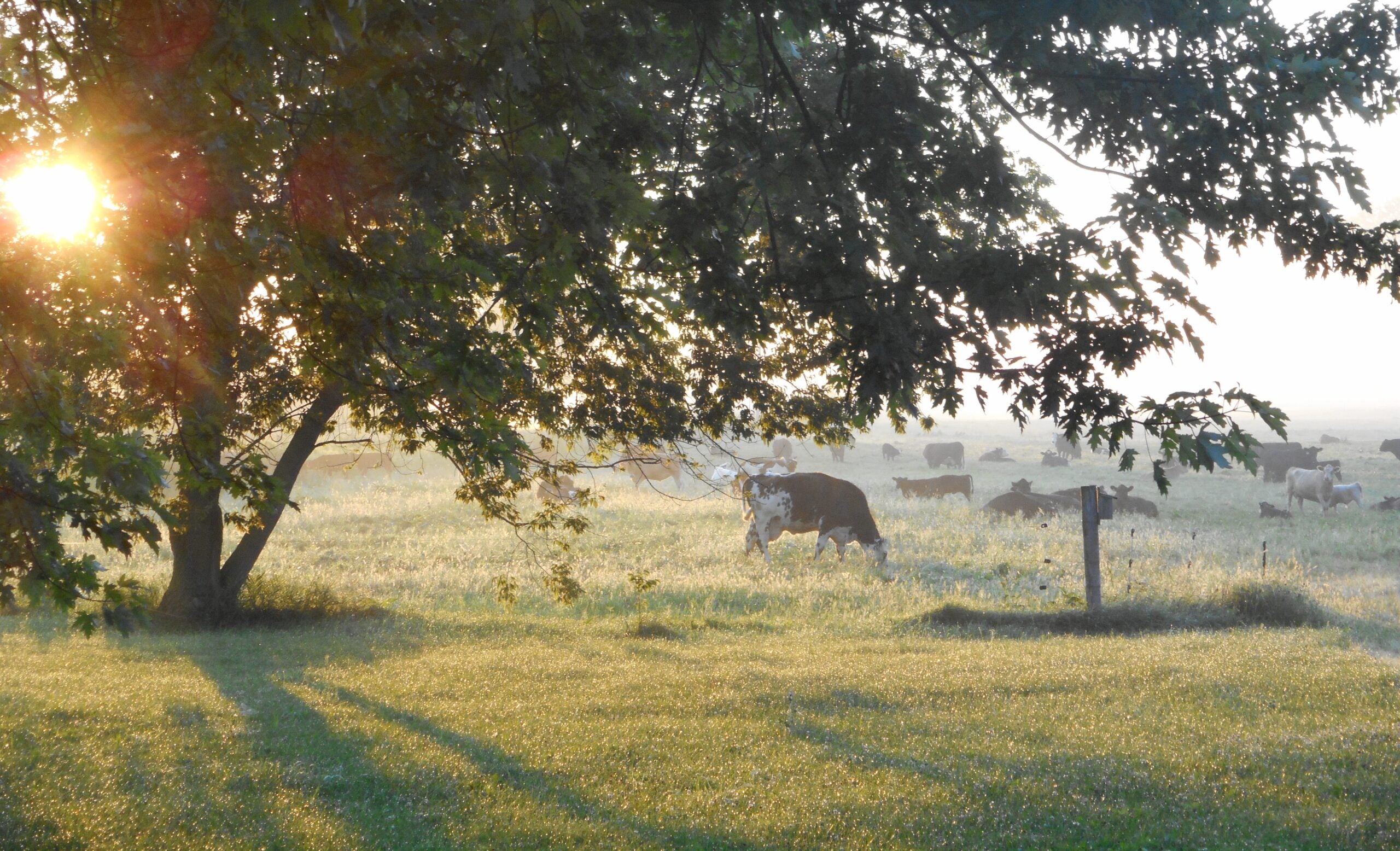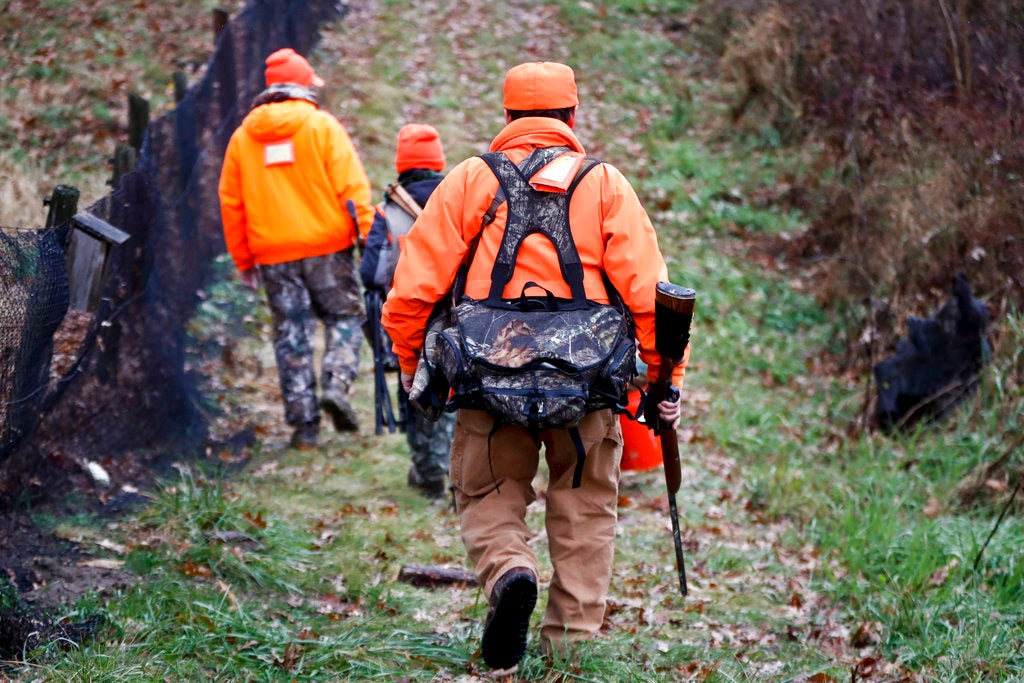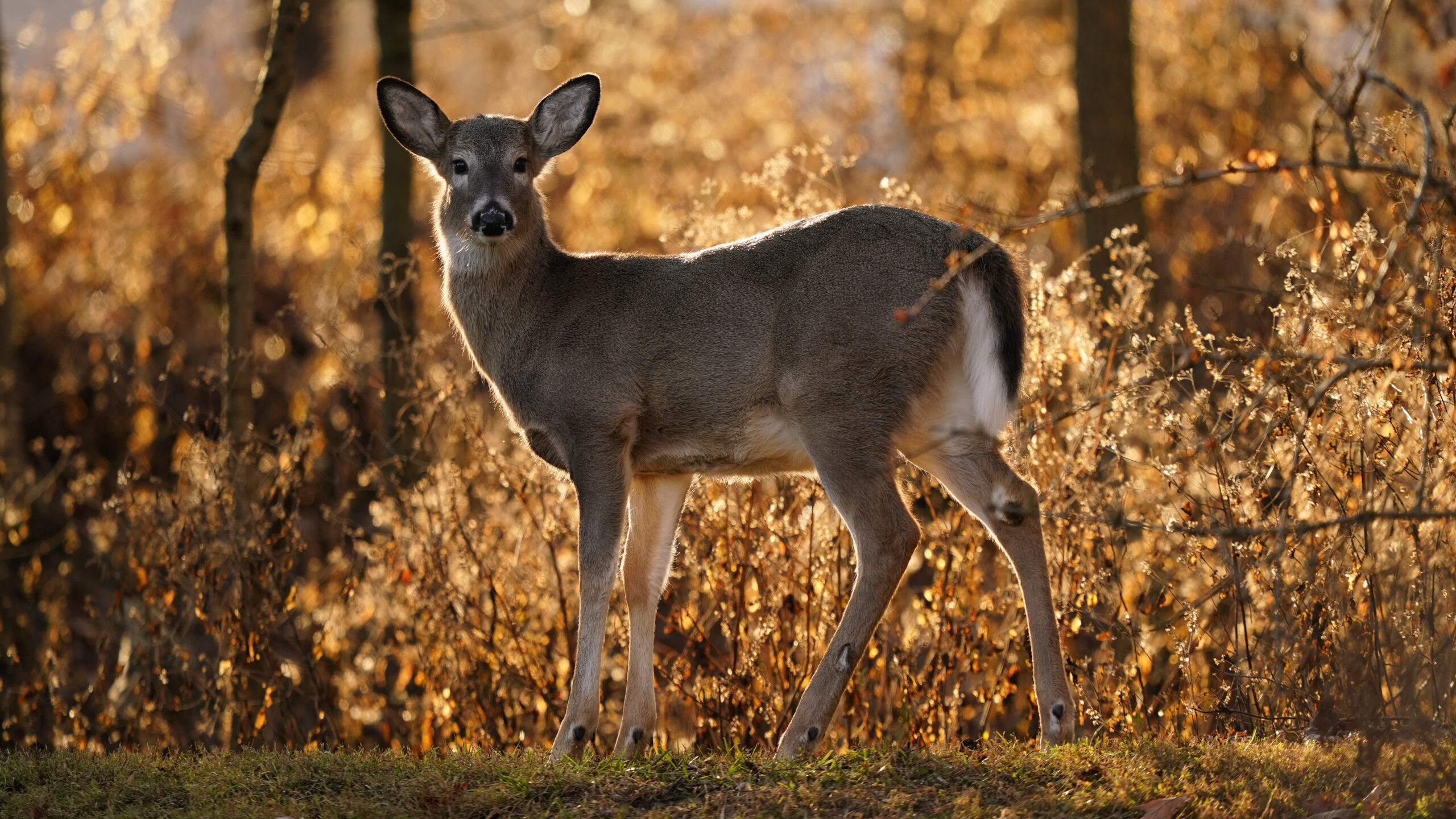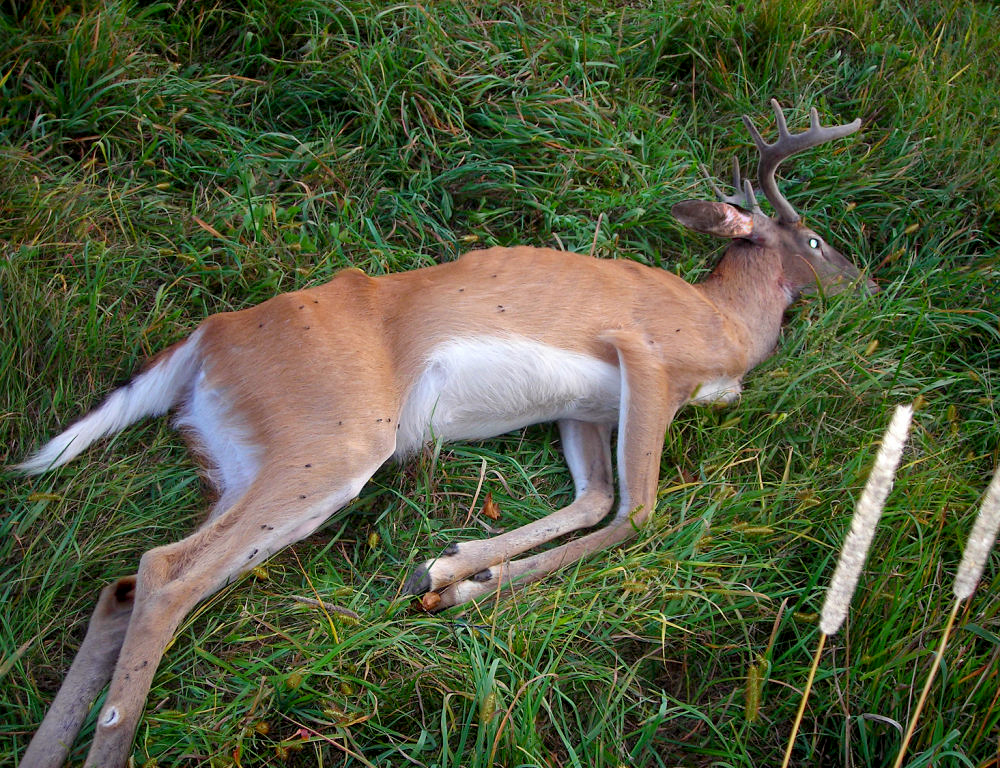Wisconsin Department of Natural Resources Secretary Dan Meyer said he would support double-fencing for deer farms to reduce the spread of chronic wasting disease.
Earlier this year, a stakeholder committee reviewing the state’s CWD response plan recommended double-fencing farms where deer test positive among other actions to prevent the spread of the disease.
The former state lawmaker from Eagle River said in an interview Thursday at Gov. Scott Walker’s Northern Economic Summit that he would support double-fencing as one way to protect the wild deer herd from CWD.
Stay informed on the latest news
Sign up for WPR’s email newsletter.
“In my area, chronic wasting has not been found in the wild deer herd, but in Three Lakes at a deer farm it’s been found,” he said. “So, obviously, you put in the double-fencing to try to protect the nose-to-nose contact from deer on the outside.”
Rick Ewert, president of the Wisconsin Commercial Deer and Elk Farmer’s Association, said it’s unclear how the disease spreads and more research needs to be done on CWD. The association represents mostly elk farmers, but its members also own deer farms. Some deer farmers have opposed double-fencing farms because of the economic investment required and additional regulation on what they say is already a highly regulated industry.
“We don’t want to spread CWD. We don’t want disease. We want a healthy wild deer population,” Ewert, said. “You know, it’s not an either/or thing. We’re just trying to make a living farming.”
Ewert said they want to work with the state on solutions to prevent the disease’s spread among captive or wild deer. He said he would support double-fencing for deer farms to protect captive deer from CWD in the wild herd if the disease has been proven to spread through nose-to-nose contact.
Studies of rodents have shown the disease may be spread through nose-to-nose contact, but a 2012 Centers for Disease Control and Prevention study said effects haven’t been studied on deer. Prions or disease-causing agents in infected deer are shed through mucous membranes, as well as blood, urine, saliva and feces. CWD is believed to be spread directly through those pathways or indirectly through soil, food or water.
There are 387 registered deer farms in Wisconsin, according to the most recent figures from the Wisconsin Department of Agriculture, Trade and Consumer Protection. The department reports 16 farms have tested positive for CWD since 2001.
DNR staff plan to make recommendations on its CWD plan before the Natural Resources Board in December.
Wisconsin Public Radio, © Copyright 2025, Board of Regents of the University of Wisconsin System and Wisconsin Educational Communications Board.

